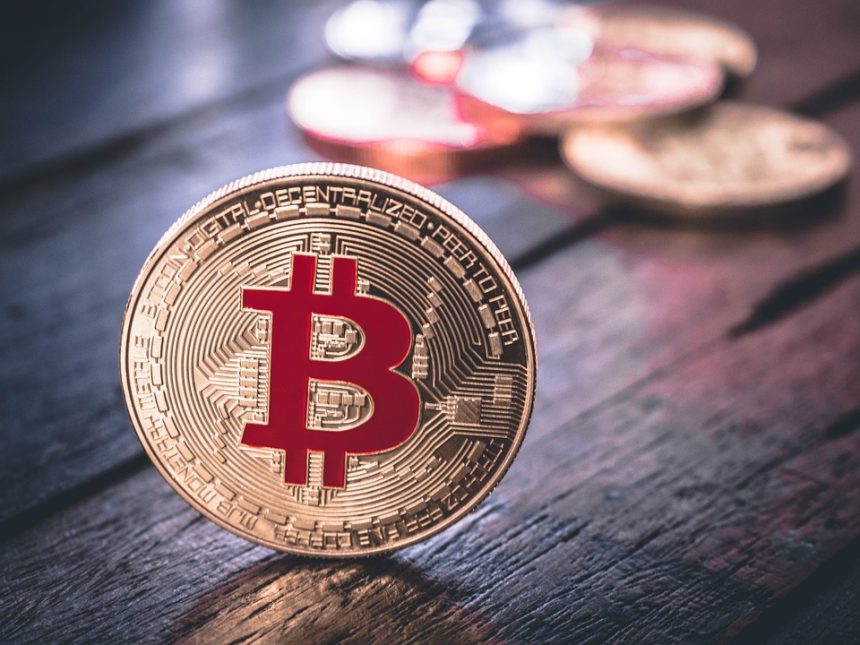Decentralized Finance (DeFi) is revolutionizing the way we think about finance, providing unprecedented access to financial services without reliance on traditional banking institutions. Despite its potential, DeFi is not without its risks. Throughout this article, we’ll explore some popular DeFi protocols, highlighting their advantages and disadvantages, helping you better navigate the evolving landscape of decentralized finance.
What is DeFi?
Before diving into specific protocols, it’s essential to understand what DeFi entails. DeFi refers to a collection of financial applications in cryptocurrency or blockchain geared toward disrupting financial intermediaries. These applications rely on smart contracts on blockchains, typically Ethereum, to facilitate a transparent and trustless experience. Users can lend, borrow, trade, and earn interest on their crypto assets without the need for centralized authority.
Popular DeFi Protocols
1. Uniswap
Pros:
- Decentralized Trading: Uniswap is a leading decentralized exchange (DEX) that allows users to swap various cryptocurrencies without intermediaries.
- Permissionless: Anyone can provide liquidity by depositing tokens into pools, earning fees from trades made within those pools.
- User-Friendly: Its interface is relatively simple, making it accessible for newcomers to DeFi.
Cons:
- Impermanent Loss: Liquidity providers could face losses when the price of deposited tokens fluctuates significantly, potentially outweighing the gains from fees.
- Smart Contract Risk: As with any DeFi protocol, there is a risk of bugs or vulnerabilities in smart contracts that can lead to loss of funds.
- High Costs: During peak usage, transaction fees (gas fees) can become prohibitively high, making small trades uneconomical.
2. Aave
Pros:
- Flexible Lending and Borrowing: Aave allows users to lend their assets for interest or borrow against their holdings, with variable and stable interest rates.
- Flash Loans: Aave pioneered flash loans, which allow users to borrow instantly without collateral as long as the loan is paid back in the same transaction.
- Diverse Asset Support: Aave supports a wide array of cryptocurrencies, making it flexible for various DeFi strategies.
Cons:
- Liquidation Risks: When borrowing, if the collateral value falls below a specific threshold, users risk liquidation of their assets to cover the loan.
- Market Risks: Users are exposed to the volatility of crypto markets, which can lead to significant losses depending on market conditions.
- Complex Interface: Though user-friendly compared to traditional finance, new users may find Aave’s interface complex at first.
3. Compound
Pros:
- Interest-Generating Assets: Compound allows users to earn interest on their crypto by supplying assets into liquidity pools. The interest rates are algorithmically determined based on supply and demand dynamics.
- Governance Participation: Token holders can participate in governance decisions, allowing them to have a say in the protocol’s evolution.
Cons:
- Volatility: Users face risks associated with price volatility and resultant liquidation penalties if collateral value drops significantly.
- Smart Contract Risks: As with any DeFi platform, vulnerabilities in the smart contracts could expose users to potential hacks or exploits.
- Regulatory Uncertainty: DeFi operates in a gray area concerning regulations, and future changes could affect its viability and accessibility.
4. MakerDAO
Pros:
- Stablecoin Mechanism: MakerDAO’s DAI is a decentralized stablecoin pegged to the US Dollar, providing a reliable alternative to rampant volatility in the crypto markets.
- Collaterized Loans: Users can create DAI by locking up assets as collateral, allowing for a degree of flexibility in managing crypto investments.
Cons:
- Complex Processes: The process of collateralizing crypto and generating DAI can be confusing for newcomers.
- Market Price Risk: The value of collateral can fluctuate, which may lead to liquidation if it falls below the required threshold.
- Governance Risks: As with other DeFi protocols, governance proposals can lead to unforeseen consequences if not carefully scrutinized by the community.
Conclusion
DeFi has the potential to reshape our financial landscape, making financial services more accessible and efficient. However, it’s crucial to navigate this space with caution. Each protocol offers unique advantages and disadvantages, making it paramount for users to conduct thorough research and understand the risks involved.
The decentralized ethos of DeFi emphasizes self-custody and personal responsibility, which can be daunting for those accustomed to traditional banking systems. As you dive into DeFi, remember that what you gain in potential rewards can often come hand-in-hand with equivalent risks. Depending on your risk tolerance, investment goals, and understanding of the technologies involved, you can tailor your engagement with DeFi protocols to suit your needs, potentially reaping the benefits while mitigating risks along the way.





